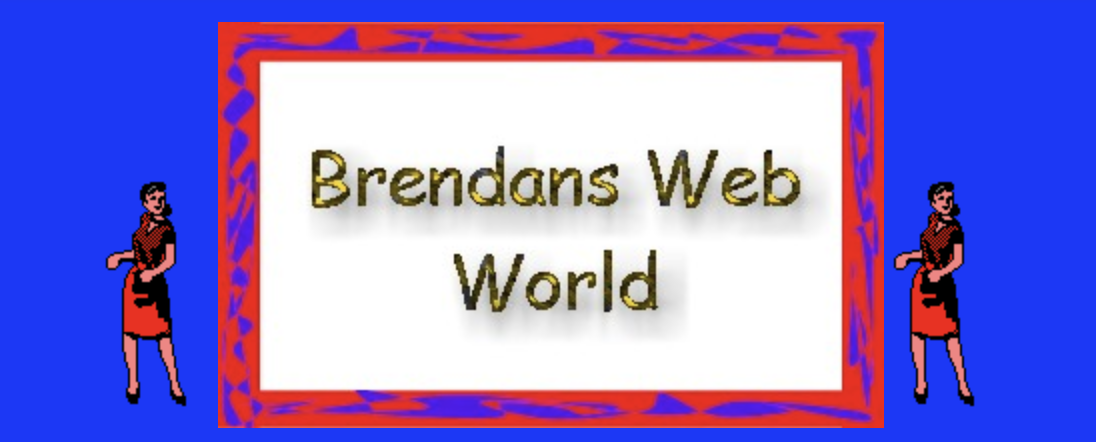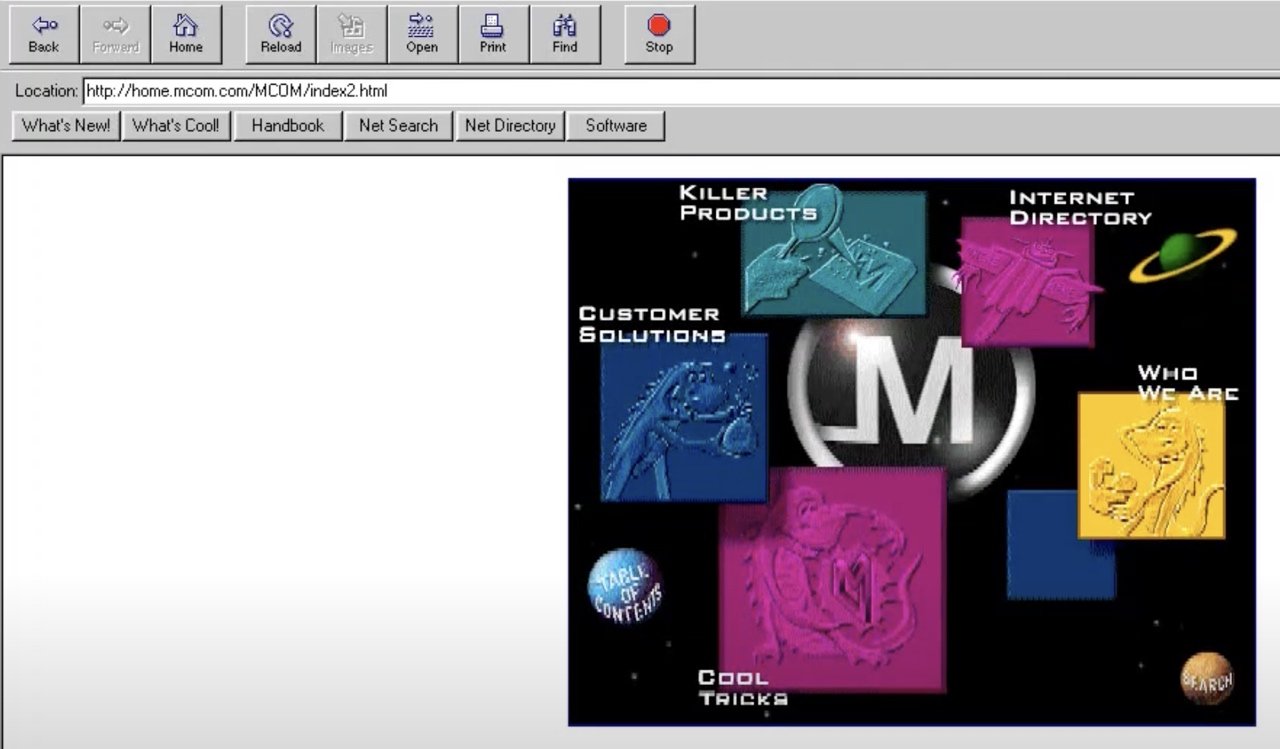1996: Flash and CSS Bring Design to the Web
 Post thumbnail
Post thumbnail
There were two stylistically opposed approaches to web design, epitomized by two distinct — and utterly different — technologies, both of which debuted in 1996. The first, Cascading Style Sheets (CSS), represented structure. Design elements were to be encoded in a new language, CSS, as defined in a W3C web standards specification. The over-riding principle was separation of content and presentation, with content marked up in HTML and presentation in CSS. At the other end of the web design spectrum was the animation tool Flash, in which presentation and content were mashed together in one file.
Read More 1996: Flash and CSS Bring Design to the Web



